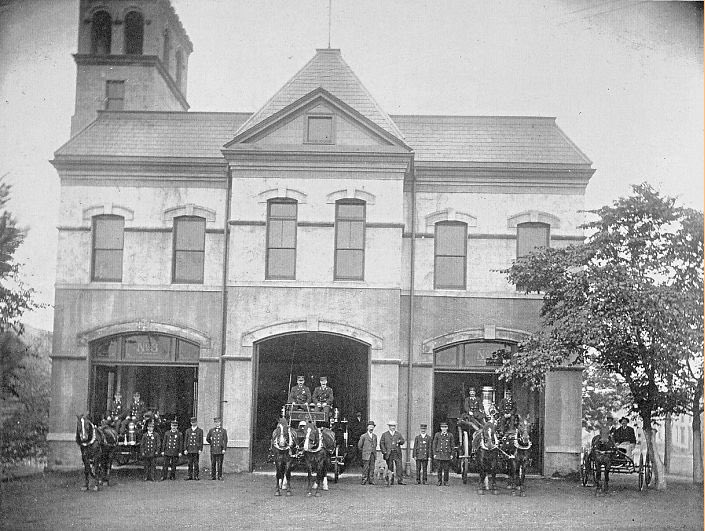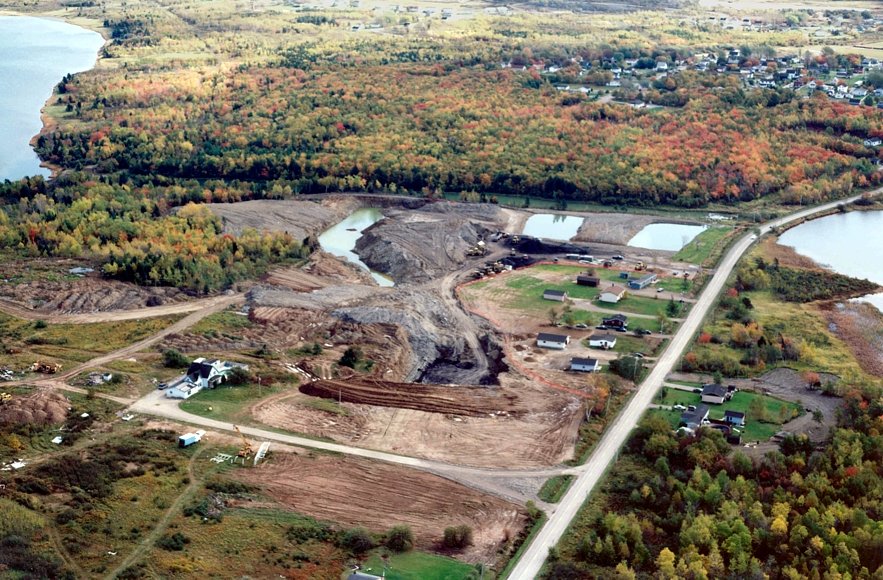The first confirmed discovery of #gold in #NovaScotia was made in 1858 at #Mooseland. However, there is reason to believe that gold was found in #NS prior to then - even if in some cases people were unaware of what they had discovered!
#nspoli #cbpoli #capebreton #nshistory

#nspoli #cbpoli #capebreton #nshistory


An 1868 book by Alexander Heatherington called “A Practical Guide for Tourists, Miners and Investors, and all Persons interested in the Development of the #Gold Fields of Nova Scotia” discusses examples of potential earlier discoveries.
#nspoli #cbpoli #capebreton #novascotia
#nspoli #cbpoli #capebreton #novascotia

Gold may have been sighted as early as 1578 when explorer Sir Humphrey Gilbert was given a patent by Queen Elizabeth to search for #gold and silver in the New World. The patent reserved 20% of any discoveries for the Crown.
#nspoli #cbpoli #capebreton #novascotia
#nspoli #cbpoli #capebreton #novascotia

In 1621 King Charles issued a letter of patent to Sir William Alexander that claimed one-tenth of the precious metals that might be found in the colony. The patent was renewed in 1625 and 1628.
#nspoli #cbpoli #capebreton #novascotia
#nspoli #cbpoli #capebreton #novascotia

The French names given to some places in #NovaScotia may indicate that French settlers had found #gold (“or” in French). Bras d’Or, Cape d’Or and Jeddore (originally named Jet d’Or but later anglicised) are examples.
#nspoli #cbpoli #capebreton
#nspoli #cbpoli #capebreton

However, no ancient workings have been discovered to prove such suspicions and it’s possible the French were just describing the places, not suggesting there was actual gold in them. For example, it’s said that Cabot named Cape d’Or because the copper in its cliffs looked golden. 

In the 1830s, labourers building roads in #Sherbrooke and #Goldboro spoke of a “bright yellow metal in the stone”. They were mocked for thinking they had discovered #gold and took to whittling the gold with their knives during mealtimes!
#nspoli #cbpoli #capebreton #novascotia
#nspoli #cbpoli #capebreton #novascotia

Roadbuilders around the Ovens apparently also saw yellow in the rock. #Gold would later be “discovered” in these areas in the 1860s.
#nspoli #cbpoli #capebreton #novascotia
#nspoli #cbpoli #capebreton #novascotia

An unidentified captain of the Royal Welsh Fusiliers was said to have panned gold at #Gold River in 1840 although the find is officially attributed to a Mr. Dimmock of #Chester, who found gold-bearing quartz there in September 1861.
#nspoli #cbpoli #capebreton #novascotia
#nspoli #cbpoli #capebreton #novascotia

In 1849, William Crooks (last name Brooks in some records), a farmer from Lawrencetown, claimed to have found #gold in quartz while repairing a dam on his land but his father told him to “drop his nonsense, go on with his work and pitch the rubbish away.”
#nspoli #cbpoli
#nspoli #cbpoli

In 1861, amid the excitement of the discovery of gold in #Tangier, William went back to where he had found the rock and found several nuggets of gold. The area was declared the #Lawrencetown #gold district!
#nspoli #cbpoli #capebreton #novascotia
#nspoli #cbpoli #capebreton #novascotia

In 1857, unofficial discoveries were made by Richard Smith of Maitland who obtained #gold from a river in the #Musquodoboit settlement and...
#nspoli #cbpoli #capebreton #novascotia
#nspoli #cbpoli #capebreton #novascotia

...by John Campbell of #Dartmouth who ‘assayed’ the sands at Fort Clarence in on the Dartmouth waterfront (where the oil refinery is now) and obtained a ‘good show’ of #gold.
#nspoli #cbpoli #capebreton #novascotia
#nspoli #cbpoli #capebreton #novascotia

Regardless of who made the first discoveries, #gold mining today is creating jobs for #NovaScotians, providing an essential material we all use every day (i.e. it’s in the device you’re using right now!) and taking excellent care of the environment.
#nspoli #cbpoli #novascotia

#nspoli #cbpoli #novascotia


• • •
Missing some Tweet in this thread? You can try to
force a refresh



























